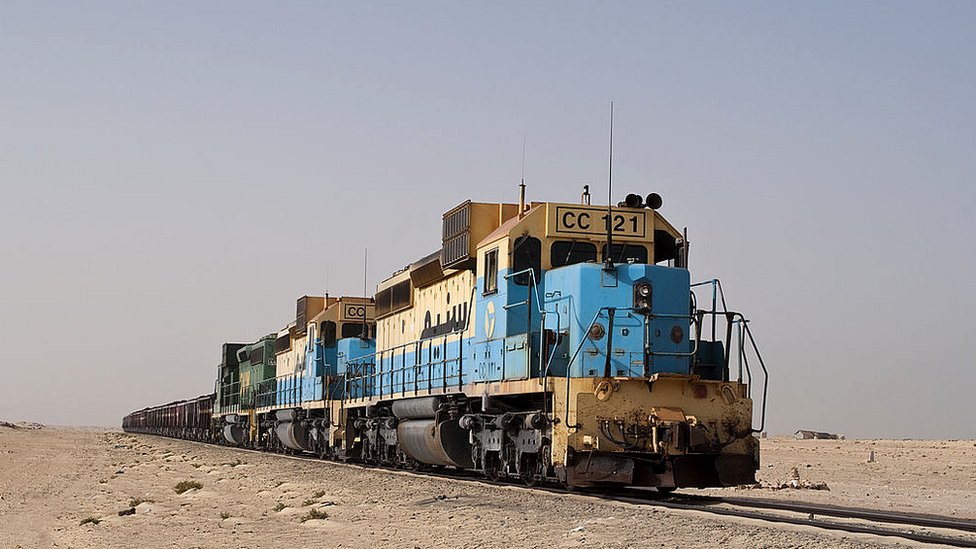The Mauritanian Train du Desert is two kilometers long and has been transporting iron ore and adventurous passengers across the Sahara since 1963 – a one-way journey of 704 kilometers. For Mauritanians, this train is the only way to get to the remote areas of the country..
Wrapping a Bedouin scarf around my head to protect my eyes from the sand and dust, I climbed the ladder to the very top of the freight car, looked out and surveyed the surroundings.
The endless chain of cars stretched to the horizon, swaying and jerking. On both sides of the railway stretched an endless sandy plain. Low dunes, sharply outlined in the transparent light of the Sahara, stretched into the distance and remained behind.
Ahead, on the roofs of the carriages, figures sat, facing the wind, which carried some remarks in Arabic. The travelers tried to shout over the noise of the moving train.
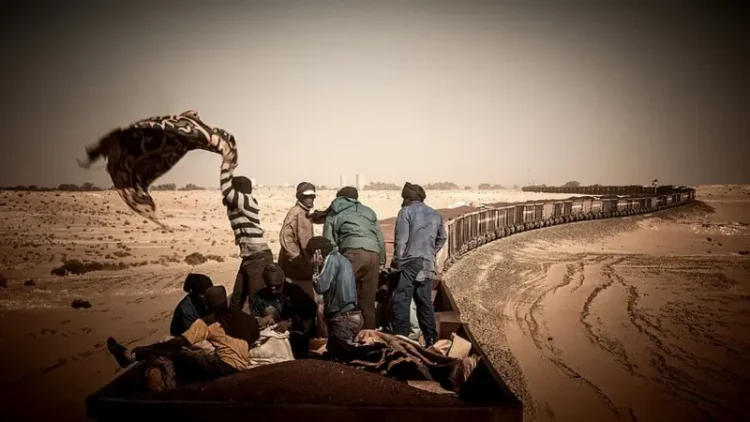
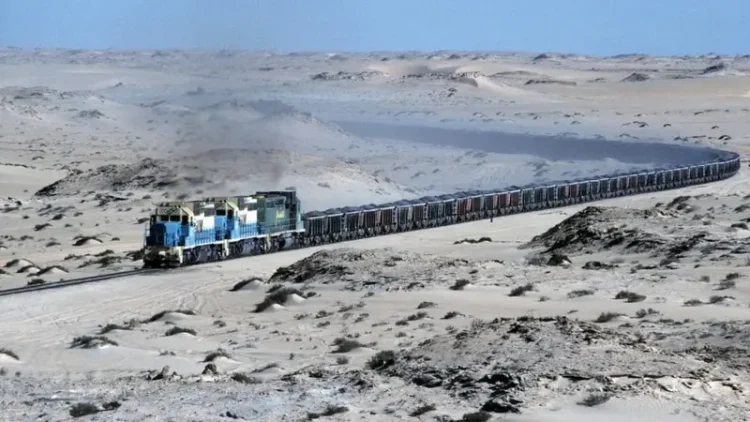
Some might think that there is something meditative about traveling by train across the Sahara. In a way, yes, but at the same time it is a merciless and relentless assault on your body and your senses.
The creaking, grinding and rattling, the constant shaking that tears your body apart. The hot wind blows sand through your hair and the desert sun pierces your eyelids even when your eyes are closed.
The “Desert Train” service on this Mauritanian railway was opened in 1963: it departs daily from the port of Nouadhibou on the country’s Atlantic coast to Zouérat in the northwest, where iron ore is mined.
The entire journey, which runs along the border with Western Sahara (a disputed territory in North Africa), takes about 20 hours.
The route is 704 km long, the length of the train is more than 2 km. The train has 200-210 freight cars, one of which is a passenger car. It is pulled by 3-4 diesel locomotives. In Zouérat, each freight car can be filled with 84 tons of iron ore.
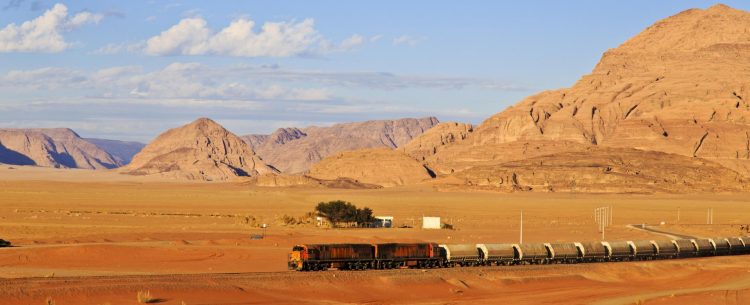
The train also takes passengers to remote villages and communities in the desert, cutting 500 km off the inconvenient route along the highway, which makes a long detour south to the capital of Mauritania, Nouakchott.
Many Mauritanians prefer to do as my companion Mike and I did: instead of a packed passenger carriage, they choose to travel “second class” – that is, in an empty freight car.
Dirty, dusty, noisy and dangerous (people often fall out of open carriages), but free. During the day, the temperature on the way can rise above 40 degrees Celsius.
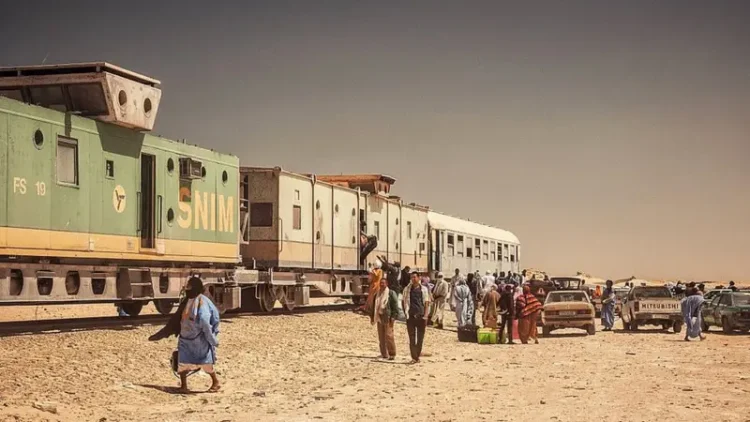
“This train is one of the longest in the world,” said one of the passengers. “Imagine traveling hundreds of miles deep into the Sahara in a freight car. Then at dawn you get off in the middle of the desert, praying you’ve got the right stop. And then, just as the sun rises, a jeep appears over the crest of the hill.”
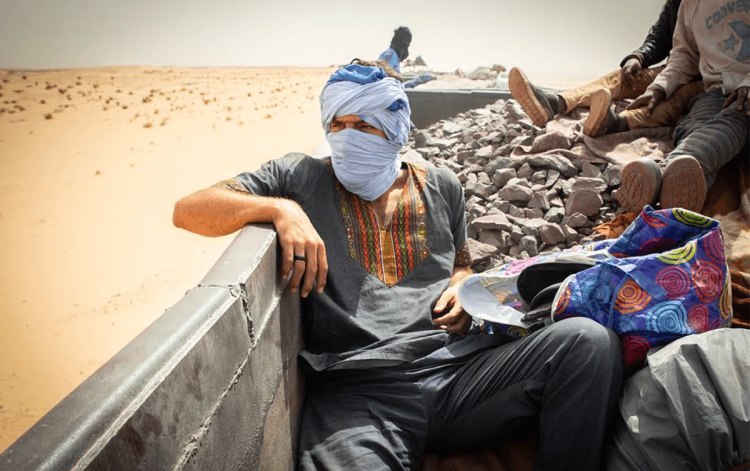
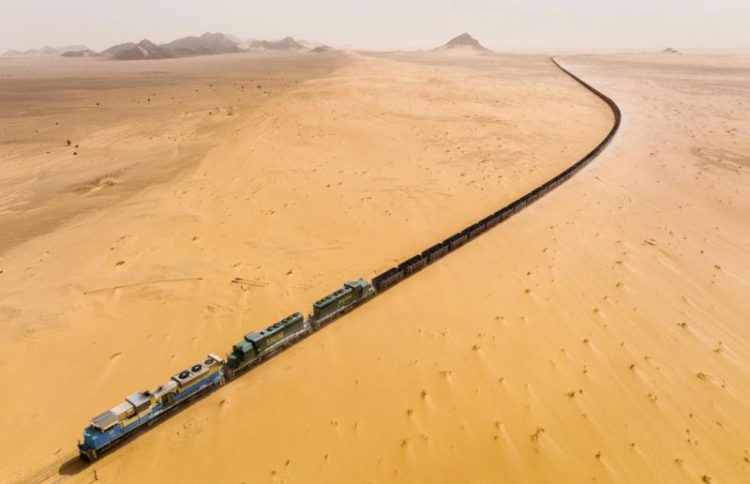
Text author: Alastair Gill
Source: bbc.com

